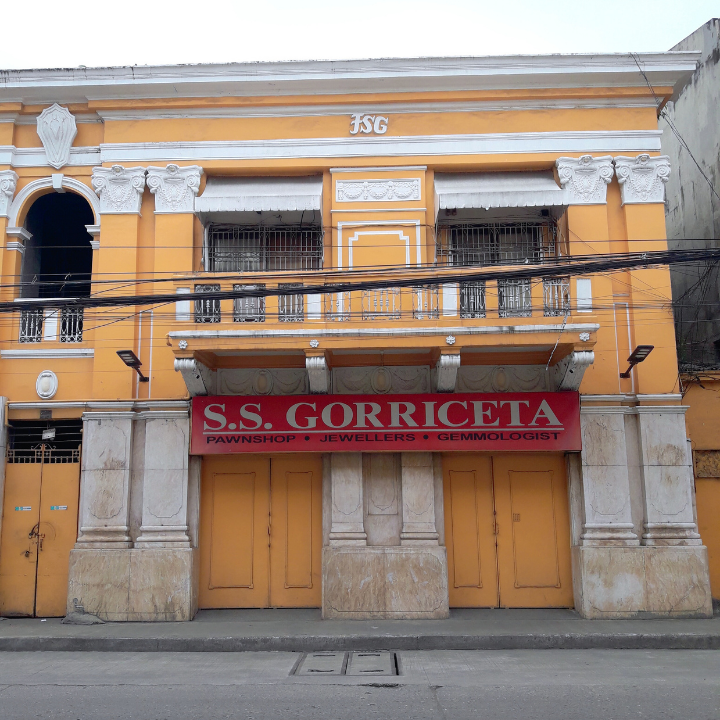This post is originally written and posted by Nereo Cajilig Luján.
Who is Charles Newton Hodges
Considered the most controversial foreigner to have settled in Iloilo, Hodges was twice convicted of usury for his nefarious lending activities.
He was a man of contradictions. He was a scrooge and a shylock to some people, but generous and accommodating to others. He made billions of pesos but lived like a pauper.
Born on 12 January 1881 in Texas, Hodges came to the Philippines with his regiment in 1898 during the Spanish-American War where he was assigned in Iloilo.
After his discharge from the Army in 1903, he started a laundry business in Jordan, Guimaras, and began to make small loans to soldiers and to bootleg liquor to Camp Jossman in Buenavista.
Hodges then opened a pawnshop in Iloilo which, according to historian Lewis E. Gleeck, soon acquired the bulk of the pawn brokerage business in the province despite Chinese and Filipino competition.
“Via foreclosures, it was a short step from pawn brokerage to real estate, or to financing small business such as vehicular transportation,” Gleeck wrote in his book Americans on the Philippine Frontiers.
Gleeck added that Hodges started from scratch but by the 1930s, according to the 1937 Panay Directory and Souvenir Book, was already the biggest landowner in Iloilo City.
The same book noted that Hodges owned two ranches in Passi with a total area of 2,600 hectares, the biggest in the province, where 200 carabaos and 2,000 heads of cattle were raised.
“He had to work hard from early morning to late at night, personally going over minute details of all transactions, drawing no distinctions between a ring pawned by a penniless widow or a hacienda mortgaged by its wealthy owner,” wrote Gleeck.
His brother-in-law Charles Higdon, in his memoir, described Hodges as a “mean man” who made predatory loans. “When clients couldn’t pay, he took their land,” noted Higdon, brother of Hodges’ wife Lennie.
Hodges and his wife were childless but they sponsored the education of a lot of poor children in Iloilo and made huge contributions to the Red Cross and several charitable organizations.
They also made several large donations of land to the city of Iloilo for parks and for other purposes.
During World War II, the couple also contributed funds to the guerrillas, the reason why they were arrested by the Japanese and brought to the Santo Tomas Internment Camp.
After the war, Hodges rebuilt his fortune by selling used boots and second-hand military equipment in Iloilo, recovered all his properties, re-launched his lending business, and started other ventures.
Legends about Hodges’ frugality spread, some of which have survived up to these days like his reported refusal to buy medicine when he got sick while serving a jail sentence at the Iloilo Provincial Jail.
But the most famous rumor says that when his wife who was a tall woman died on 23 May 1957, Hodges reportedly had her legs cut because he did not want to order an oversized coffin.
He was loved and hated for his thrift and was liked and detested for his fortune.
“Hodges’ holdings reportedly are worth millions of dollars,” noted the Texas newspaper The Corpus Christi Caller-Times when it reported his death on 25 December 1962.
He left no will, only relatives quarreling over his wealth.

Read also: List of Iloilo City Cultural Heritage Sites